The Waverly Hotel at 484 Spadina is located north of the CIBC, on the northwest corner of Spadina and College. Next to hotel, on its north side (right-hand side in the photo) is the hotel’s Silver Dollar Room. Although not truly an architectural gem, the site and building have a rich history.
This photo shows west side of Spadina Avenue in 1870, looking northwest toward Spadina and College. This corner was the first location of the Waverley Hotel. The land was originally part of a market garden that extended north of College Street, on the west side of Spadina Avenue.
Close-up view of the northwest corner of College and Spadina in 1870. These cottages were demolished in 1882 to accommodate the construction of a three-storey building for the YMCA.
Northwest corner of College and Spadina in 1893, and one of the first electric streetcars in Toronto. The building in the background was the YMCA, which contained a branch of the Bank of Commerce (later renamed the CIBC). A shop shares the ground-floor, facing Spadina, with the bank. To the north of the shop, mostly hidden by the larger building, was the residence of the Griffiths family. When the YMCA relocated, the building became the first site of the Waverley Hotel.
In 1900, J. J. Powell built the Waverley Hotel of today, after the YMCA building was demolished. The Bank occupied the corner location, and the hotel was to the north of it. Powell increased the size of the hotel in 1925. In 1955, the lounge in the hotel received a liquor license. The Silver Dollar room was added to the Waverly in 1958.
This photo gazes south on Spadina in 1927, the Waverly Hotel on the right, to the north of the bank. The spelling of the name of the hotel contains an “E,” which has since disappeared. In this photo, the Bank of Commerce occupies the corner site, and the Waverly Hotel is to the north of it.
Gazing northwest in 1937 at the corner of Spadina and College. The streetcar tracks were being repaired when this photo was taken.
East facade of the hotel today, on Spadina Avenue.
A view of the north facade of the hotel, showing the Silver Dollar Room and the additions added to the rear of the hotel. The sign on the north wall contains the original spelling of the name of the hotel.
The Silver Dollar Room on the north side of the hotel.
An historic plaque on the wall of the Waverly Hotel. Milton Acorn was born in PEI. He was severely wounded in the Second World War, and suffered from being bipolar. However, he became known as the People’s Poet and won the Governor General’s Award in 1976 for a collection of his poems entitled, “The Island Means Minago.” In 1984, the National Film Board produced a film of his life entitled, “In Love and Anger–Milton Acorn-Poet.” The NFB produced another film about him in 1988 – “A Wake for Milton Acorn.”
The poem below is from a web site about the poet.
“I’ve Tasted My Blood”
If this brain’s over-tempered
consider that the fire was want
and the hammers were fists.
I’ve tasted my blood too much
to love what I was born to.
But my mother’s look
was a field of brown oats, soft-bearded;
her voice rain and air rich with lilacs:
and I loved her too much to like
how she dragged her days like a sled over gravel.
Playmates? I remember where their skulls roll!
One died hungry, gnawing grey porch-planks;
one fell, and landed so hard he splashed;
and many and many
came up atom by atom
in the worm-casts of Europe.
My deep prayer is a curse.
My deep prayer the promise that this won’t be.
My deep prayer my cunning,
my love, my anger,
and often even my forgiveness
that this won’t be and be.
I’ve tasted my blood too much
to abide what I was born to.
[Milton Acorn, 1963]
To view the Home Page for this blog: https://tayloronhistory.com/
To view other posts about the history of Toronto and its buildings:
https://tayloronhistory.com/2013/10/08/links-to-historic-architecture-of-torontotayloronhistory
To view previous blogs about movie houses of Toronto—old and new
https://tayloronhistory.com/2013/10/09/links-to-toronto-old-movie-housestayloronhistory-com/
Book published in 2014 about Toronto’s old movie theatres, which explores 50 of Toronto’s old theatres and contains over 80 archival photographs of the facades, marquees and interiors of the theatres. It also relates anecdotes and stories from those who experienced these grand old movie houses.
“Toronto’s Theatres and the Golden Age of the Silver Screen”
To place and order for this book, either in electronic or hard copy format, follow the link below.
Theatres Included in the Book
Chapter One – The Early Years—Nickelodeons and the First Theatres in Toronto
Theatorium (Red Mill) Theatre—Toronto’s First Movie Experience and First Permanent Movie Theatre, Auditorium (Avenue, PIckford), Colonial Theatre (the Bay), the Photodrome, Revue Theatre, Picture Palace (Royal George), Big Nickel (National, Rio), Madison Theatre (Midtown, Capri, Eden, Bloor Cinema, Bloor Street Hot Docs), Theatre Without a Name (Pastime, Prince Edward, Fox)
Chapter Two – The Great Movie Palaces – The End of the Nickelodeons
Loew’s Yonge Street (Elgin/Winter Garden), Shea’s Hippodrome, The Allen (Tivoli), Pantages (Imperial, Imperial Six, Ed Mirvish), Loew’s Uptown
Chapter Three – Smaller Theatres in the pre-1920s and 1920s
Oakwood, Broadway, Carlton on Parliament Street, Victory on Yonge Street (Embassy, Astor, Showcase, Federal, New Yorker, Panasonic), Allan’s Danforth (Century, Titania, Music Hall), Parkdale, Alhambra (Baronet, Eve), St. Clair, Standard (Strand, Victory, Golden Harvest), Palace, Bedford (Park), Hudson (Mount Pleasant), Belsize (Crest, Regent), Runnymede
Chapter Four – Theatres During the 1930s, the Great Depression
Grant ,Hollywood, Oriole (Cinema, International Cinema), Eglinton, Casino, Radio City, Paramount, Scarboro, Paradise (Eve’s Paradise), State (Bloordale), Colony, Bellevue (Lux, Elektra, Lido), Kingsway, Pylon (Royal, Golden Princess), Metro
Chapter Five – Theatres in the 1940s – The Second World War and the Post-War Years
University, Odeon Fairlawn, Vaughan, Odeon Danforth, Glendale, Odeon Hyland, Nortown, Willow, Downtown, Odeon Carlton, Donlands, Biltmore, Odeon Humber, Town Cinema
Chapter Six – The 1950s Theatres
Savoy (Coronet), Westwood
Chapter Seven – Cineplex and Multi-screen Complexes
Cineplex Eaton Centre, Cineplex Odeon Varsity, Scotiabank Cineplex, Dundas Square Cineplex, The Bell Lightbox (TIFF)
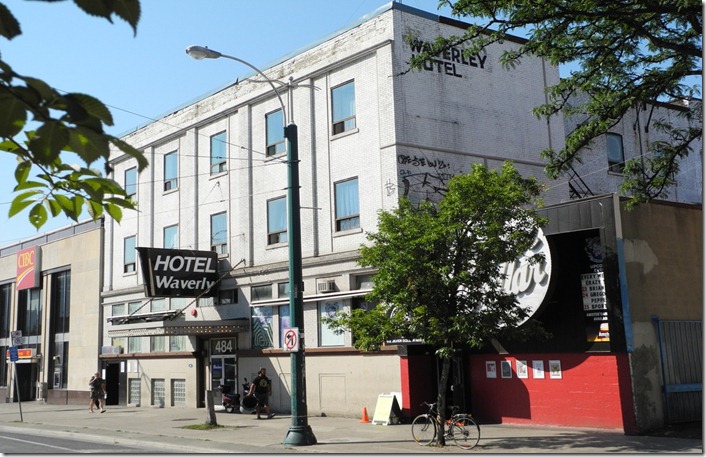
![Spa.-w-side-north-of-College-1870.-T[2] Spa.-w-side-north-of-College-1870.-T[2]](https://tayloronhistory.com/wp-content/uploads/2013/02/spa-w-side-north-of-college-1870-t2_thumb.jpg)
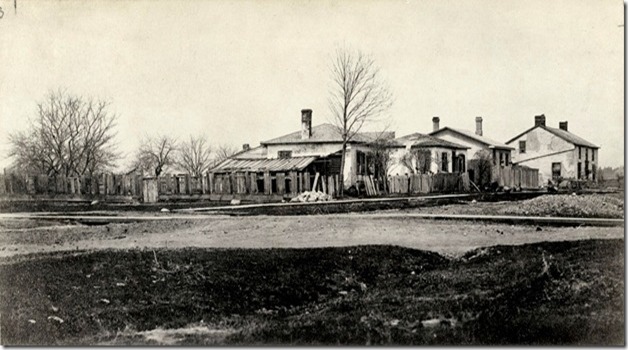
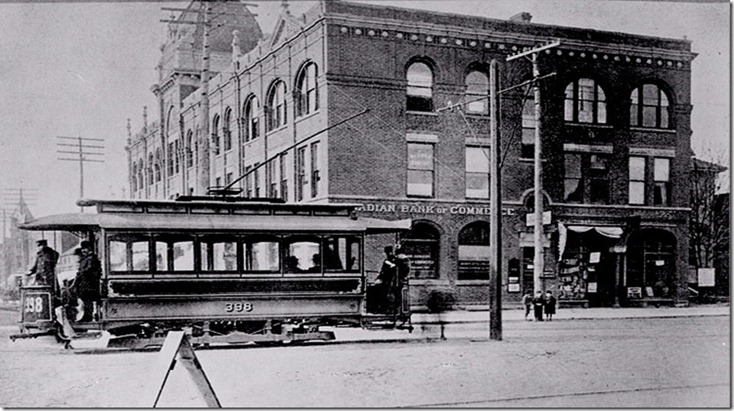
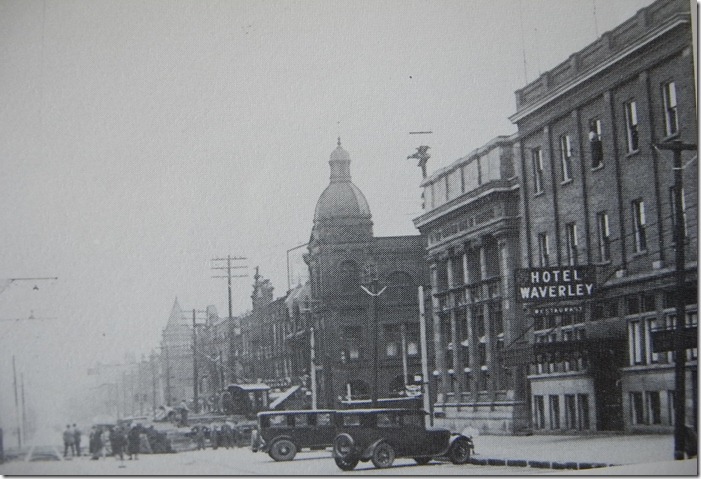

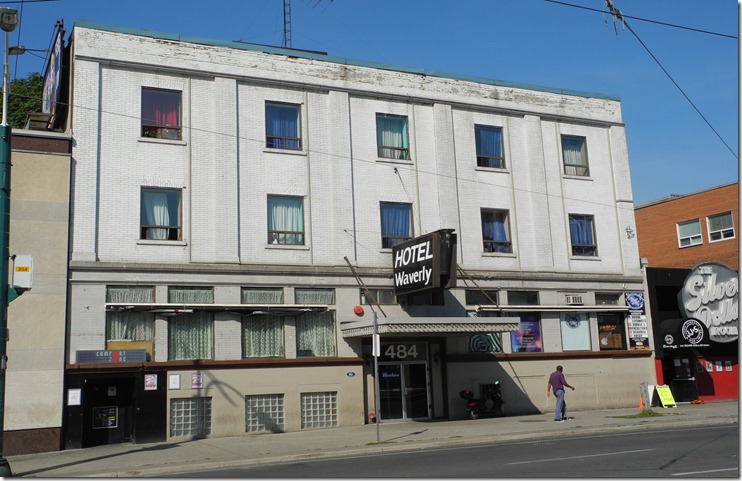
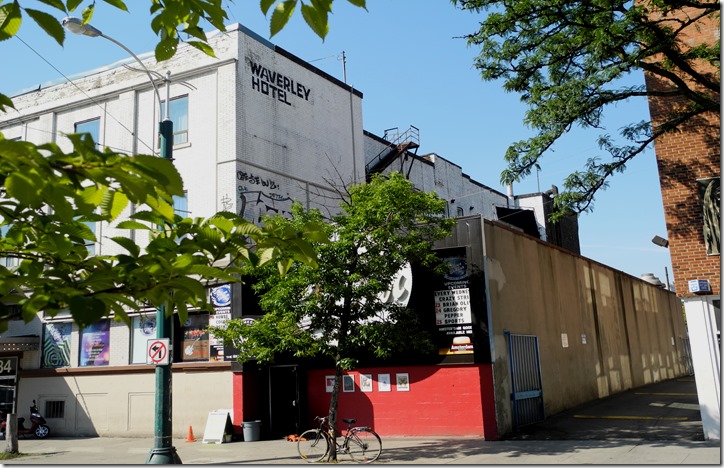
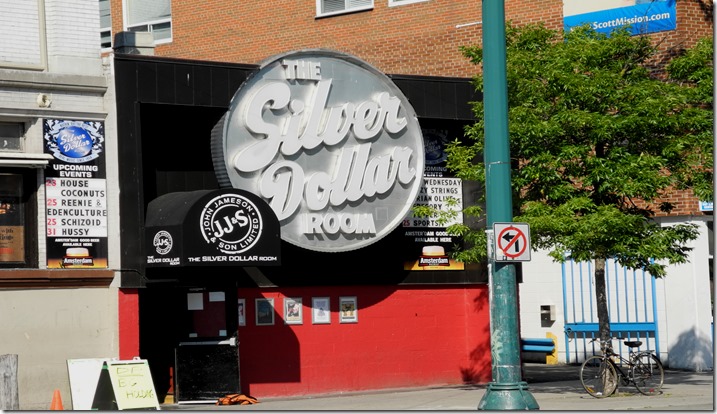
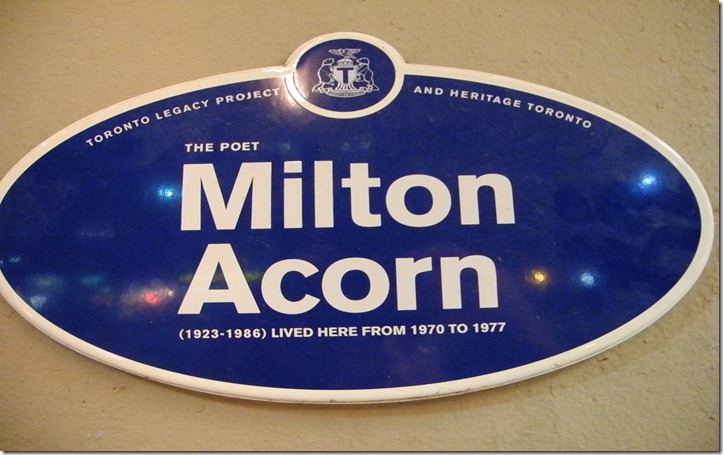
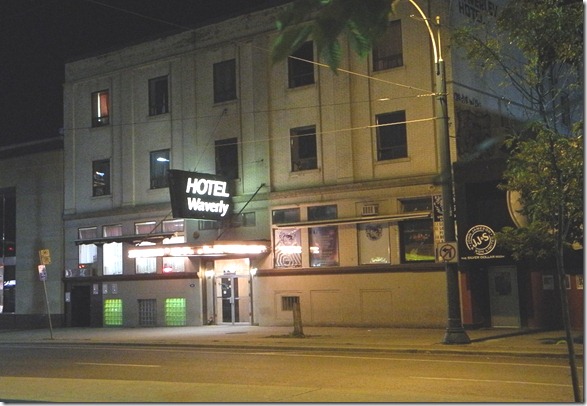



One thought on “Toronto’s architectural gems—the Waverly Hotel 484 Spadina”